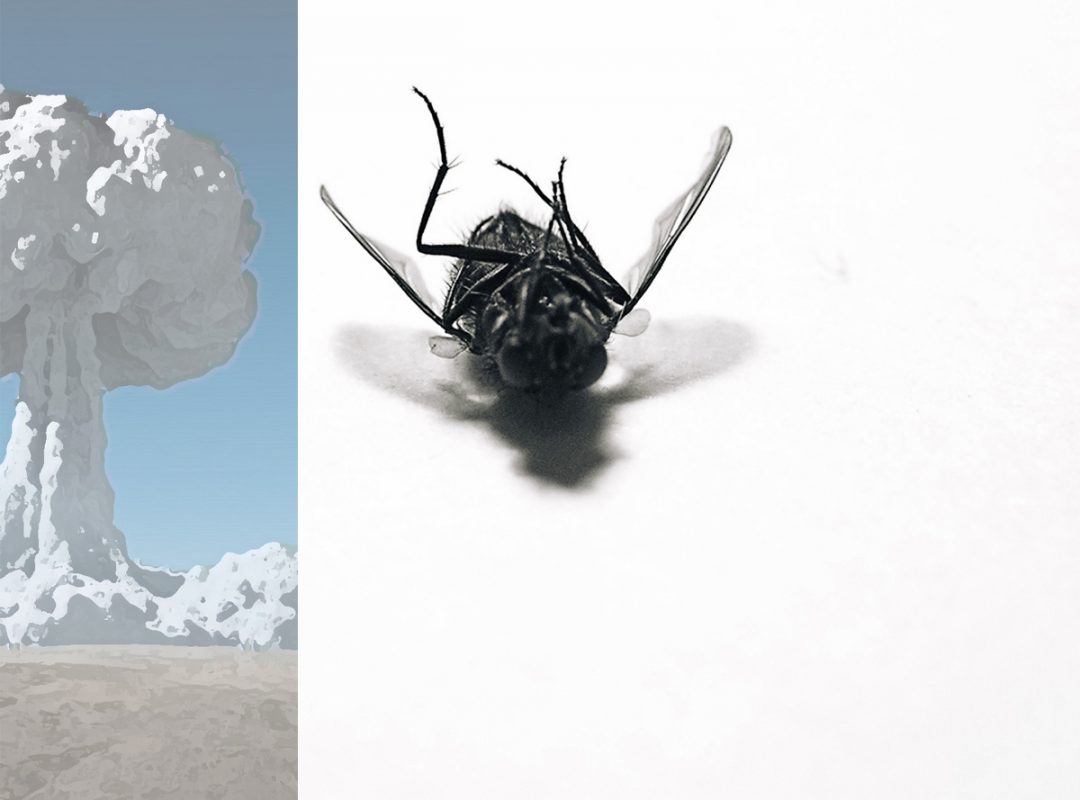One of the more enduring traditions within Mexican culture is Dia de los Muertos or Day of the Dead. Dating back centuries, the celebration is often misunderstood, despite its enduring simplicity as a holiday for remembering ancestors, family members, friends and even pets who have passed on.
The holiday is celebrated both privately and publicly throughout Mexico and in New Mexico as well, but perhaps nowhere more enthusiastically or on a grander scale than right here in Mesilla. Every year, around the first of November, the historic plaza comes to life from Friday through Sunday with dozens of altars paying respect to the memories of the deceased.
“It’s a three day celebration and we usually try to keep it as close to November 1st as we can, but we try also to do it on a weekend, because we know that’s when people can attend,” said Blanca Araujo, one of the organizers of the event.
Integral to the celebration is the belief that the spirits of the dead visit their families during this time of the year. To pay respects to those wandering souls, families create elaborate altars in their memory, placing offerings of flowers, favorite foods, mementos, pictures and more upon them.
“Our motto is ‘to live is to remember,’” said Jill Klann, another organizer of the event. “We are honoring our loved ones who have passed on and bringing back their memories. The altars consist of whatever people want to put on them to honor their dead. Even little kids who have lost their kitty cat will bring a little blanket, a bowl and a toy. It’s quite interesting.”
At the heart of this annual event is a small group of volunteers calling themselves the Calavera Coaliltion, a not-for-profit organization that has been in existence since 1998 when, according to one of the founders, Peggy King, a group of artists came together with a common goal.
“It all started with Debbie Pinkerton, the owner of the Purple Lizard,” King said. “She put together a show in her shop in 1997 and invited other artists to participate. After that, when we started getting people who wanted us to keep doing something, we decided to take it off Debbie’s shoulders and make it a Mesilla event, that’s when we actually started doing something on the plaza itself.”
The event started out small, King said, with maybe a dozen altars on display and a few hundred people coming out to participate on a Saturday afternoon. Today, it has grown to become one of the largest events in the Southwest with music, food and vendors, drawing tourists from all over the world. Then there is the procession, which always takes place on November 2nd.
“On the day of the procession we usually start at dawn, so people start gathering around 6 or 7,” Araujo said. “We give out procession candles and we have Johnny Flores who plays his guitar as we walk to the cemetery. At the cemetery, we have a community altar that people can pay respects to, then we come back to the plaza for free coffee and pan de muerto.”
“Last year, we figured, between the three days of the festival and the procession, we had close to 5,000 people here,” said King, pointing out that one hundred percent of the money raised through the sale of t-shirts and posters, as well as vendor fees is donated to the Community of Hope. Participants who build altars are asked to donate three to five cans of food to the organization, when are then passed on to Casa de Perigrinos.
“To me it’s about keeping the memory of our ancestors alive,” Araujo said. “It’s a day of remembrance. A lot of people think that the Day of the Dead is morbid, but one of the things we do is try to debunk that myth. It’s a day to celebrate our ancestors and those who have passed on, so we can keep their memories alive.”
“Part of our goal when we started was to educate people,” King said. “So many people didn’t know what it meant, or they thought it was voodoo, or some kind of Mexican Halloween celebration. Fortunately, there is a lot more education out there than there was when we started. A lot of the schools are actually doing things within their school program, which is really kind of cool. Today we have a lot or participation, not only from schools but also from organizations like animal groups, gay pride, La Casa, who put up altars to bring awareness to lives lost.”
Araujo sums the event up simply. “It really is a celebration,” she said. “It’s a reminder that life is fragile and we need to enjoy it.”
This article originally appeared in the Las Cruces Bulletin’s annual Life Is Good In Las Cruces community guide, July 2014. All rights reserved.






